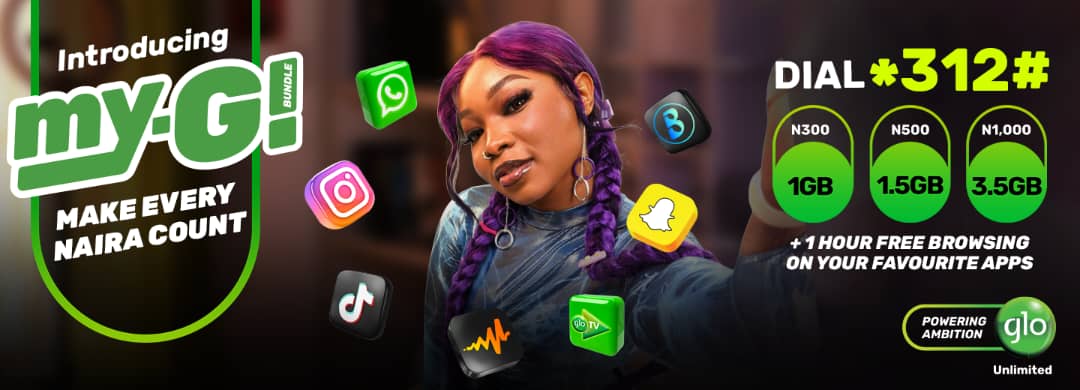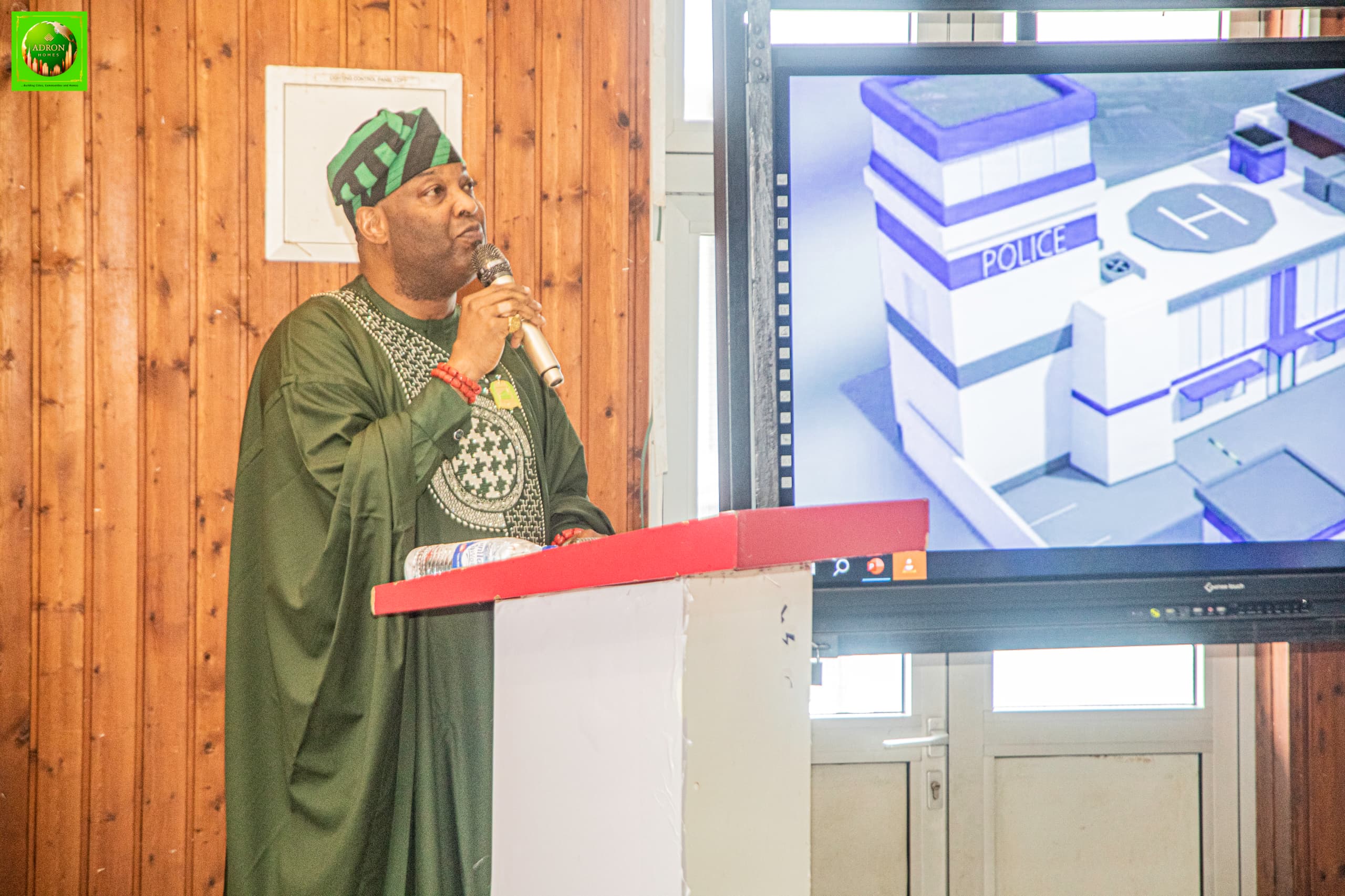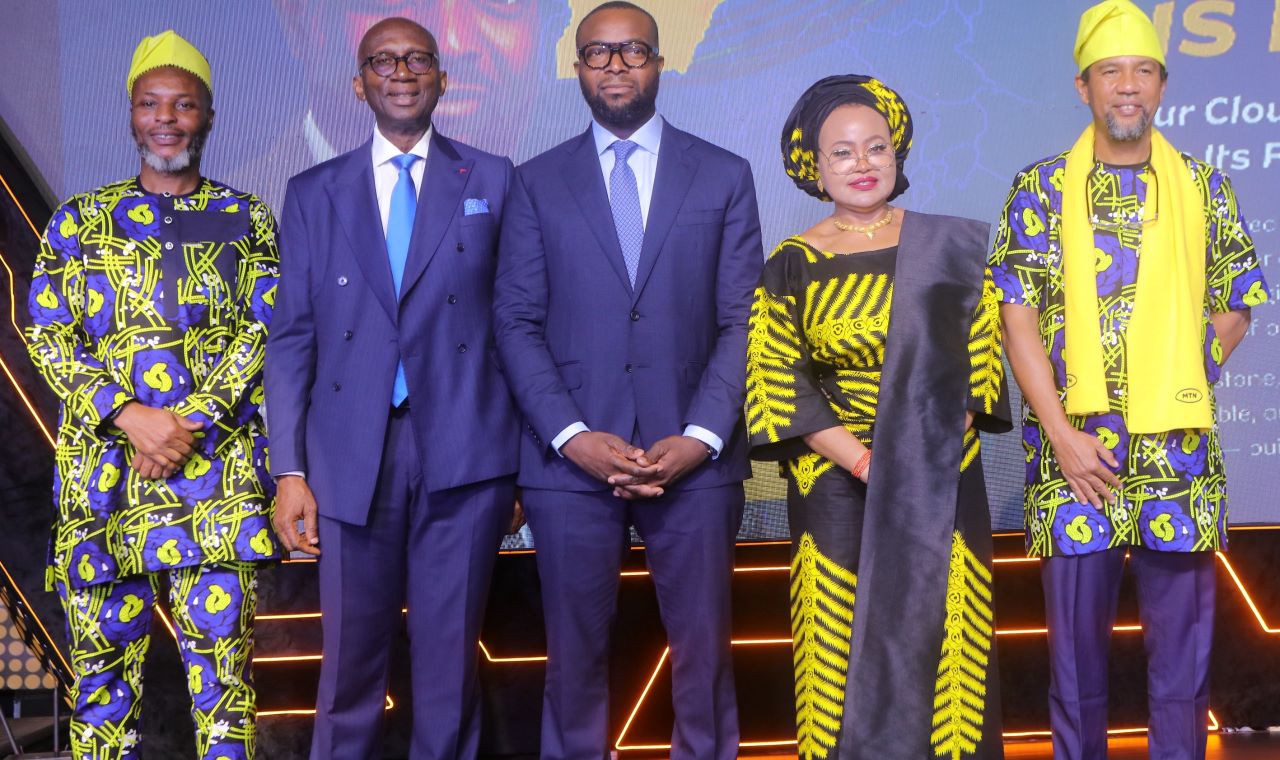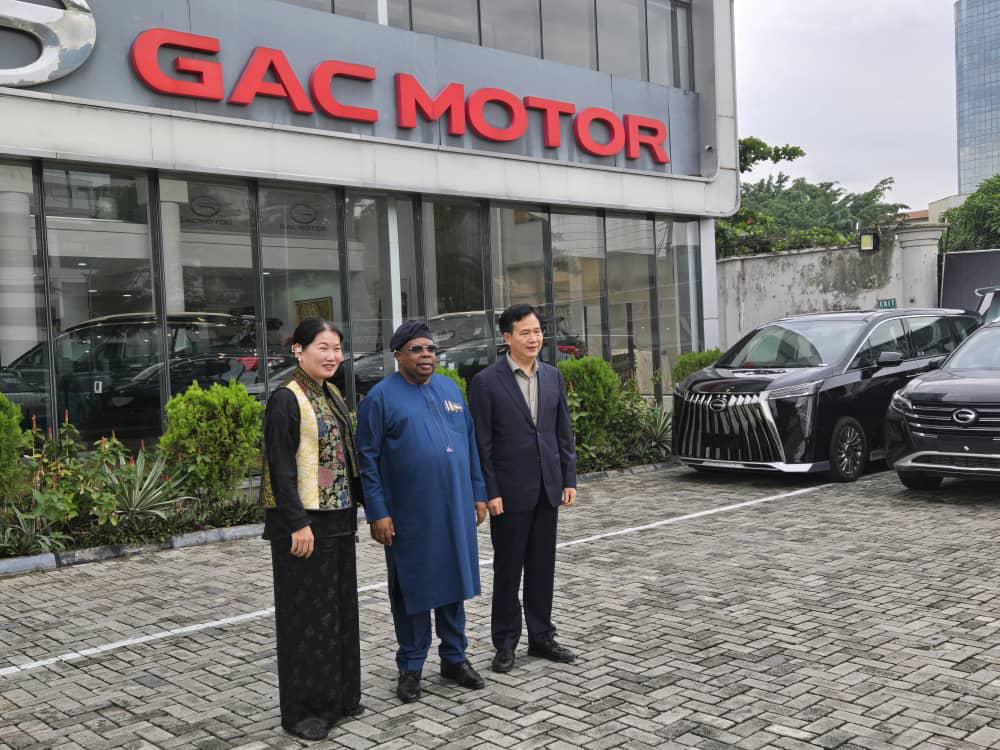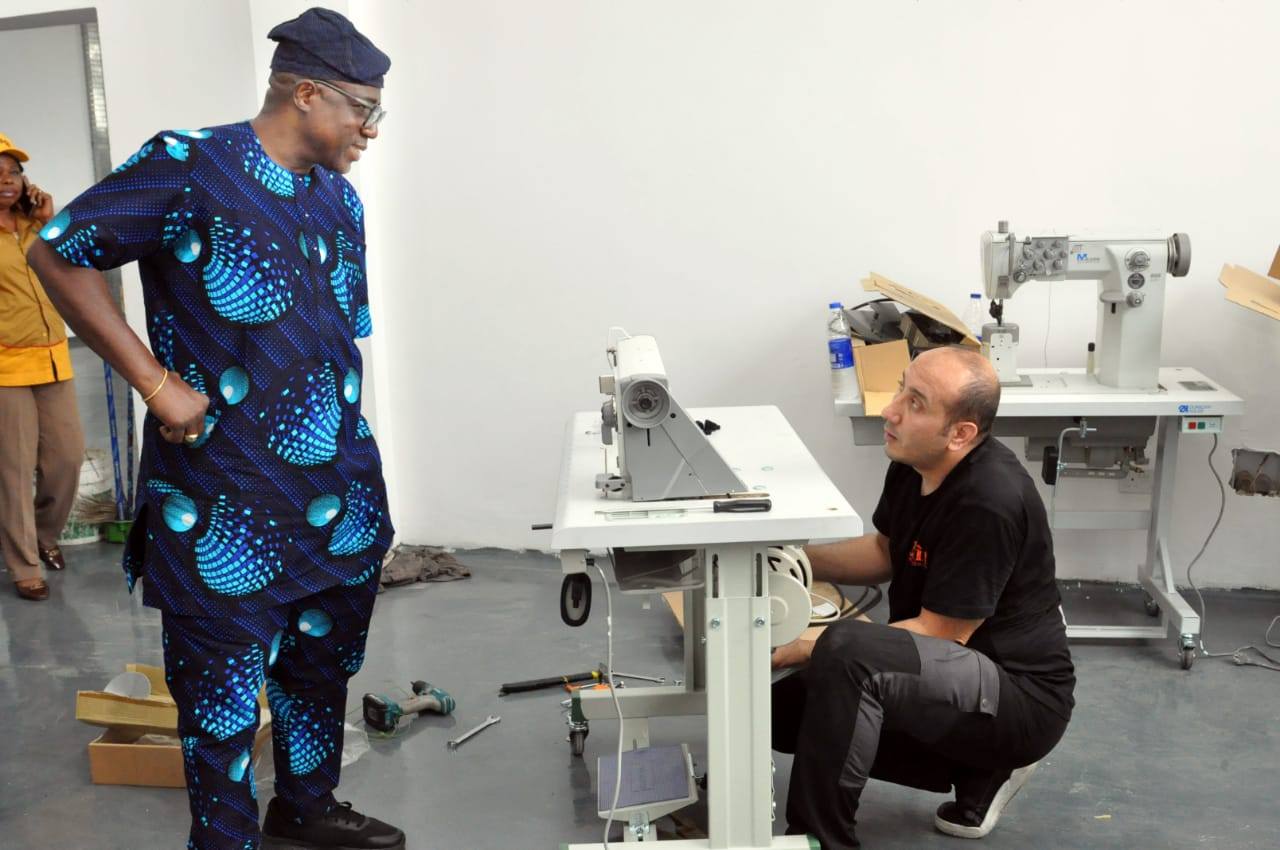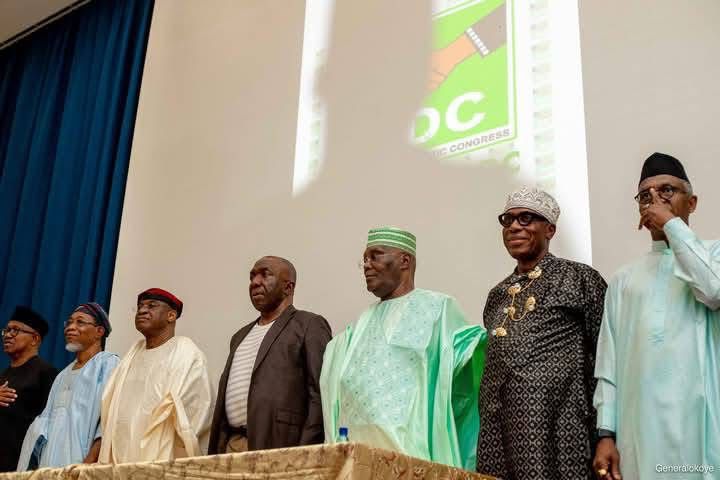SMEs: Digital Distractions In Business Place

TIMI OLUBIYI
Digital distraction is a term only synonymous with living in the information age and is a huge and growing challenge in the workplace and business. Imagine a driver tweeting while behind the wheel to the office or an employee texting and updating status on social media at the same time in a board room meeting. Social media and the internet are both very common and are used a lot at work; however, not always in the right way. Nowadays, in the workplace, it is very easy to lose precious hours to digital distractions.
Business success requires a high degree of focus from employees; however, it is now extremely difficult to find an employee sit down in the office and complete an entire task or project start to finish without distractions. Such distractions can include emails or texts, checking or surfing the internet,socializing online, updating Facebook status, tweeting, attending to notifications and even with colleaguescrashing through the door to gossip. For irrelevancy reasons,devices and technology are becoming more and more workplace distraction aids. Though it can help to multitask majorly, it definitely harms creativity, work productivity, and overall company performance. The digital activities in which we most commonly engage—internet surfing, emails, Facebooking, WhatsApp texting—can compete for the same mental bandwidth that is demanded by the job schedule. Even though social media is not entirely required to work effectively, use without caution can hurt creativity, which is one of the essential human traits, not to mention one of our most valuable skills as creative things. It diminishes or lost altogether with digital overload and distractions.
Many Small Medium Enterprises (SME) operators and entrepreneurs express concern that technological distractions make it difficult to be highly productive. Studies have also shown that staff who switch back and forth between tasks, such as chatting and texting, can lose up to 50% of efficiency and accuracy. According to reliable statistics, distraction causes a massive loss in business productivity. Also, evidenced by a survey, and distraction costs hundreds of billions of Naira a year in productivity loss.
Even though there are many benefits to using technology in business and the workplace, every organization strives to maximize the return on the use and minimize wasted hours. Technological advances have aided business improvements in many ways, but they have also brought about distraction challenges. Even at home theses days, more time is spent on a phone or laptop instead of interacting with his wife and kids. It is, therefore, safe to say that digital distraction brings about the culture of constant connection to digital devices and platforms – desktops, laptops, tablets, smartphones and so on to the point that it takes a toll both professional and personal life. Switching among email, the internet, and social media shreds attention and robs of time and focus. Besides, not all technology use in the workplace is beneficial.
Significantly, productivity is what every employer, SME operator or entrepreneur demands from employees; however, workplace productivity has been a top issue for human resources professionals. Meanwhile, high productivity is capable of boosting the business bottom line and even economic growth, its low level may equally slow down the business growth and also impact negatively on economic development.
These days most of these technology devices have applications and software that causes distractions. So much waste of time, attention, and energy is given to relatively unimportant information, thereby affecting creativity, productivity thereby contributing little or no value to the organization. These days scrolling through social media when staff should be working on a project or task is so common in the workplace. Amongst the SME operators surveyed recently in Lagos State Nigeria, the SME hub and economic nerve center of the country, 80% of them confirm that 4 in 6 employees are distracted during work hours daily. The survey also reveals that employees nowadays are more distracted than ever before. Smartphones, social media and texting were confirmed from the study as the top productivity and creativity killer by the respondents. From the survey, 66% of SME operators/employers said that their staff uses their smartphones several times per day when on duty,most time on unrelated subjects and irrelevancies, causingseveral hours a day of productivity loss.
The survey in Lagos State also reveals that employees averagely pick up smartphone devices every 12 minutes or even less when at work. By estimation, that is roughly 40 times during one day’s 8 hours work period. Consequently, what can managers do to combat productivity losses caused by these distractions and interruptions? This narrative is the main focus of this very article.
Agreeably, the digital distraction trap happens in businesses across all industries and affects workers of all age groups. It has also been proven thatthis distraction and technology-induced interruption can lead to being absent-minded and forgetting tasks at work. Research has also shown that the longer an interruption lasts, the more information relating to the task at hand will be forgotten. Invariably much of our most important work requires deep focus and time to think,” said Robby MacDonnell, CEO of RescueTime. Technological and digital distractions rob SME operators/employers of productivity and performance greatly annually.
For the avoidance of doubt,the solution to avert workplace distraction or concentration problem is not the total removal of the technology or devices, but learning to be disciplined with the usage and removing addictiveness. This is because there are some work activities to do with these mandatory tools. Total blockage at work might even affect the productivity of staff and the overall performance of businesses. Having distractions at a low level is a way to get the maximum out of the worker. One good strategy for employees and individuals is by adopting the common-sense approach, which requires setting clear priorities to achieve daily. Employees can control digital overload rather than letting the distractions take control completely. Self-auditing time spent on social media, surfing the internet or scrolling emails and instant messages are important. Live notification and “instant answers” to every communication should be balanced with setting daily realistic priorities.
Time management experts have also suggested batching communications into specific blocks during the day, while others have suggested committing to hours of focused work without email or chats during parts of the day like early in the morning.
Social media especially has become a main workplace distraction. At the corporate or company level, companies need to formulate, publish and communicate policies that specifically explain how social media and some applications can be used in the workplace. The policy can include phone communication culture during meetings, active working hours, or some social media sites can be locked or regulated. More so, the introduction of procedures that can boost employee productivity can also be introduced. Companies need to adapt quickly to these policy formulations to controlsocial media usage. In the absence of such regulations, workplace productivity can continue to suffer. Companies and entrepreneurs should also ensure that the task given to the worker fills their working hours.
To sum it up, on averagehuman resources makeup above50% of the entire operating costs in mostbusinesses around, particularly SMEs. Adequately managing the workforce holds the key for companies to maintain and increase their profitability.Consequently, having a social media policy for your business or organization is essential in making sure employees know what they should and should not do on the internet and social channels. Invariably, with 21st century also known as the information age, workplace distractions are only going to grow, but the pragmatic and crucial thing for business managers to do is to lead by a good example, show good leadership by following the formulated business or social media policy so that employees would take it seriously.So, if you require any form of help to address a question like “how can my organization have a standardized social media policy?” Then you might need to get across to the author. Good luck!
How may you obtain advice or further information on the article?
Dr. Timi Olubiyi is an Entrepreneurship and Small Business Management expert. He is a prolific investment coach, business engineer, Chartered Member of the Chartered Institute for Securities & Investment (CISI), and a financial literacy specialist. He can be reached on the twitter handle @drtimiolubiyi and via email: drtimiolubiyi@gmail.com, for any questions, reactions, and comments.



